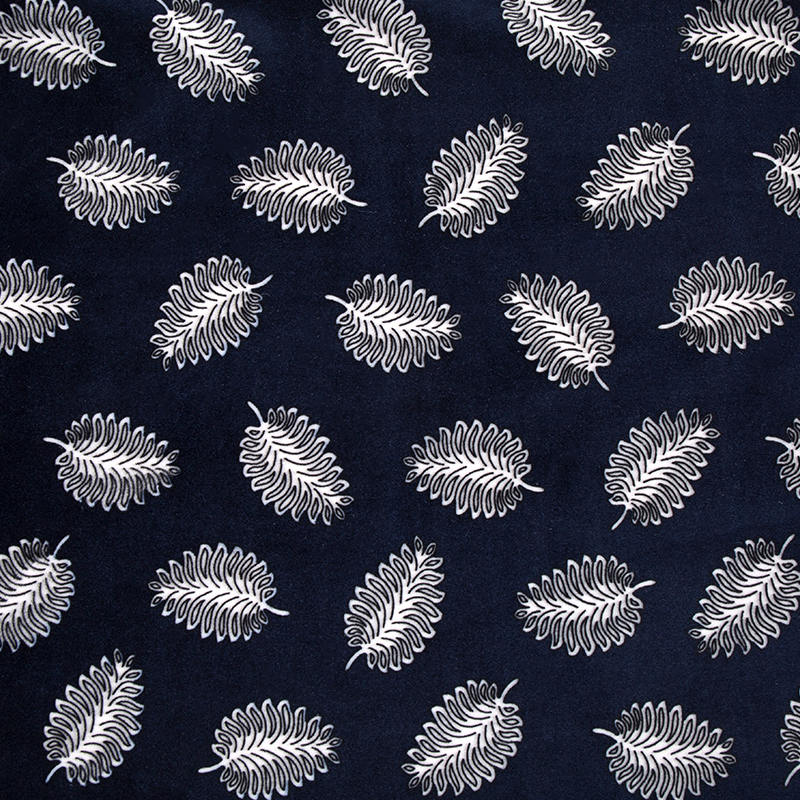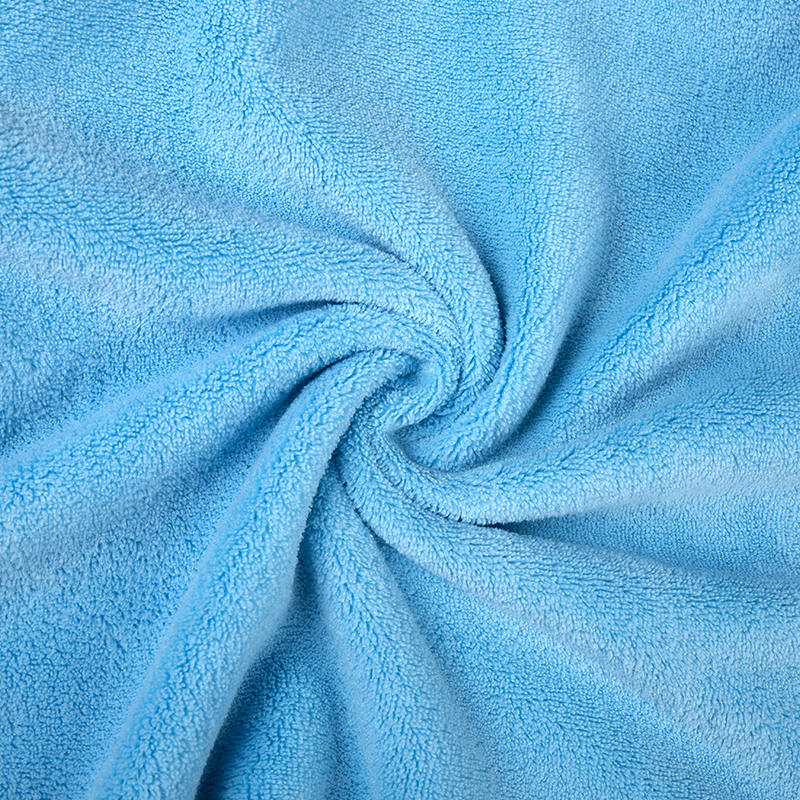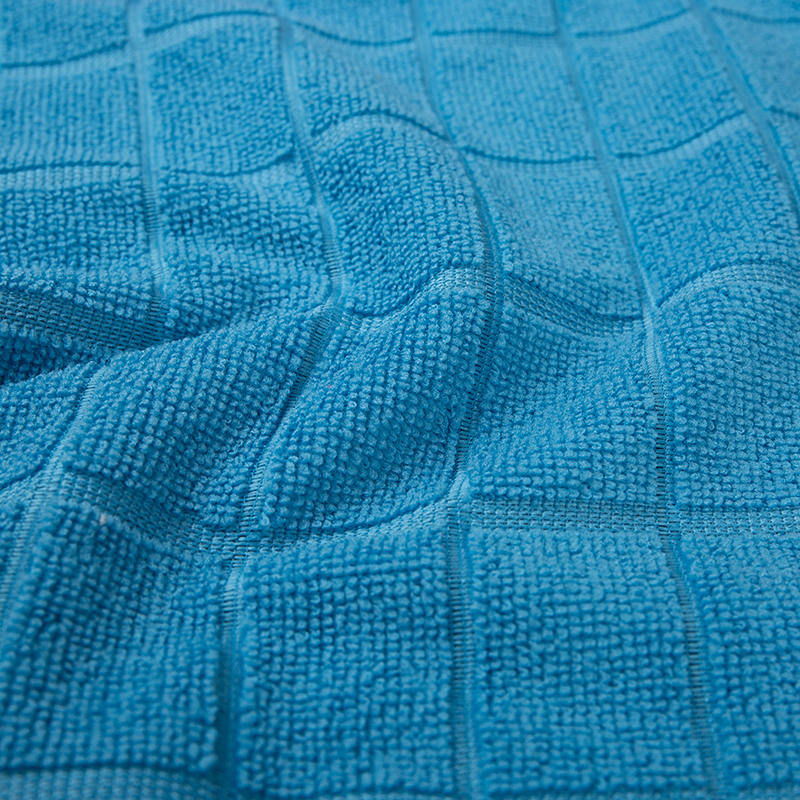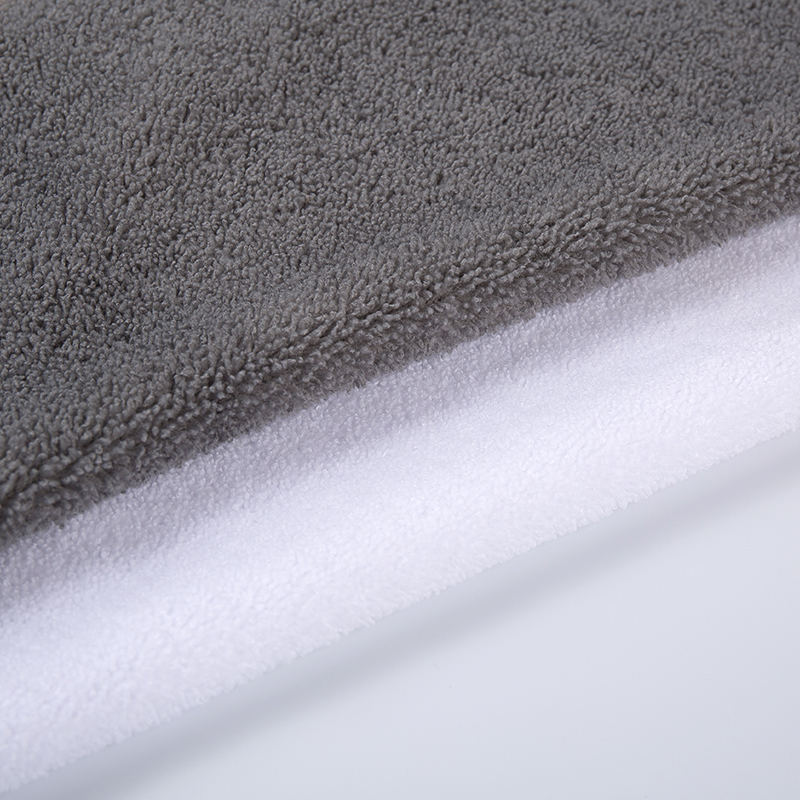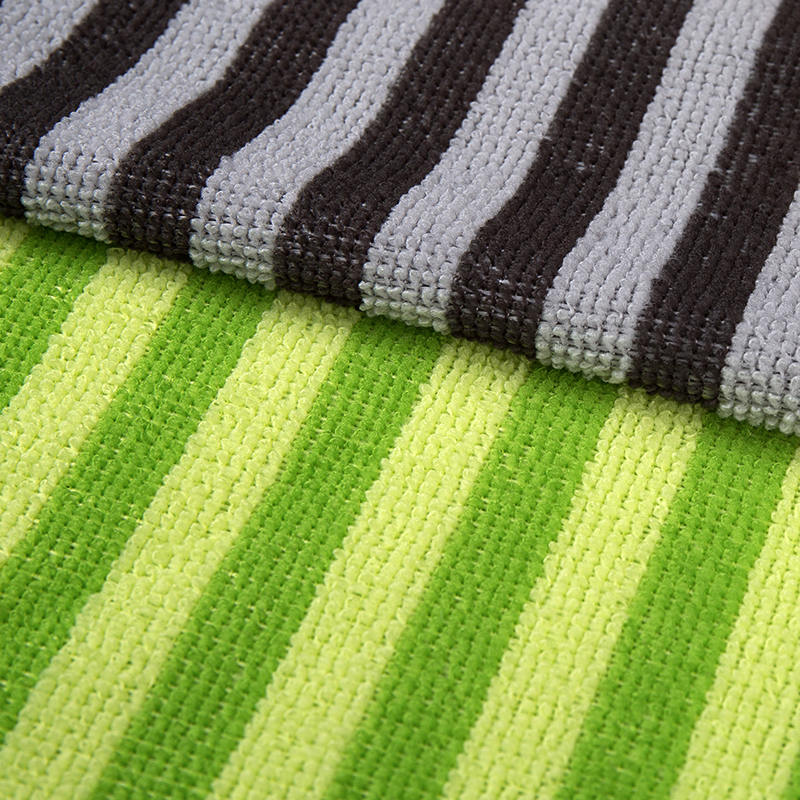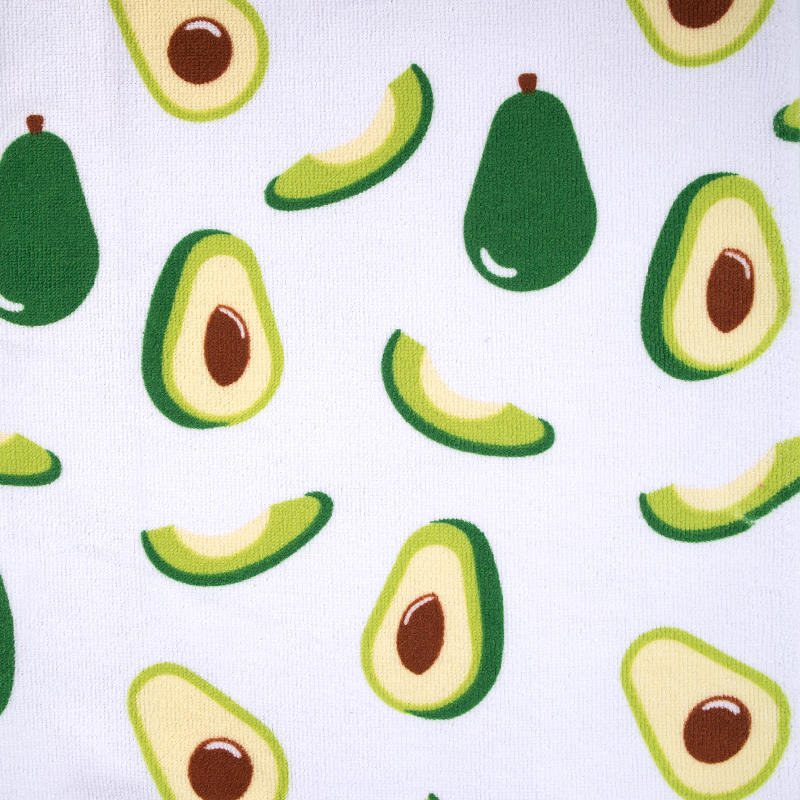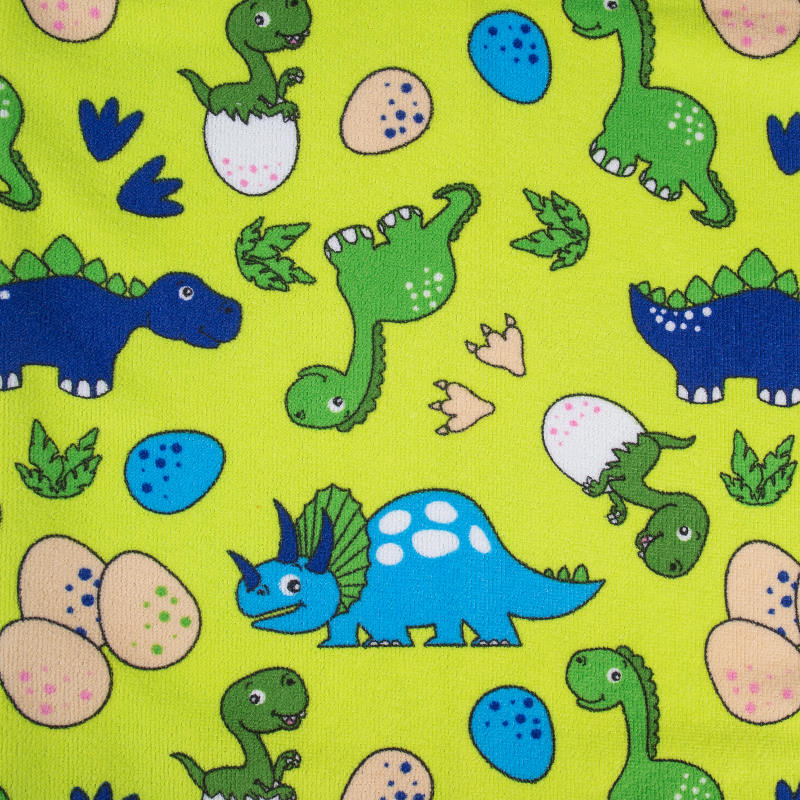In the textile industry, materials are constantly evolving to meet rising consumer expectations for comfort and durability. Among them, single-sided super soft fabric has become a notable option for multiple applications ranging from bedding to winter wear. Its unique tactile quality, combined with versatility in processing, positions this material as a reliable choice for manufacturers seeking to balance softness with functionality.
The Role of Softness in Modern Textiles
Softness has long been a decisive factor in fabric selection, directly influencing consumer satisfaction. Single-sided super soft fabric emphasizes this quality through its finely treated surface, ensuring that one side achieves a plush, velvety feel while the opposite side retains structural integrity. This dual approach allows designers to incorporate the material in products that demand both external comfort and internal stability.
Unlike general soft textile fabric, this specific design provides a more consistent tactile experience. For end users, the sensation is not only pleasant but also contributes to a perception of warmth, making it especially relevant in seasonal markets.
Comparative Features of Single-Sided Fabrics
To better understand why single-sided super soft fabric stands out, it is important to consider its defining attributes in relation to other textile categories. The following table highlights its key differentiators:
| Fabric Type | Surface Treatment | Comfort Level | Common Applications |
|---|---|---|---|
| Single-sided super soft fabric | One side brushed/plush | High softness | Blankets, sofa covers, bedding |
| Double-sided plush fabric | Both sides brushed | Extra softness | Winter coats, heavy quilts |
| Standard fleece material | Uniform surface | Medium softness | Casual wear, linings |
| Lightweight soft textile fabric | Minimal brushing | Moderate softness | Summer bedding, apparel |
Application in Home Textiles
In home textile manufacturing, comfort is often the defining standard. Single-sided super soft fabric is widely used for bedding, blankets, and sofa covers because its plush side enhances user experience while its plain side supports durability and ease of stitching. For bedding products, particularly blankets and throws, its tactile surface creates a sense of coziness that encourages long-term use.
This material also addresses practical aspects: lightweight construction makes it easier to wash and maintain compared with heavier fabrics. Additionally, manufacturers often value its adaptability in cutting and shaping, as single-sided structures minimize thickness variation during production.
Application in Apparel and Seasonal Wear
When applied in apparel, single-sided super soft fabric aligns with consumer demand for comfort in daily wear. For winter garments, the soft side provides direct skin contact that enhances warmth without excessive layering. In children’s clothing and baby products, its softness becomes even more critical, as skin sensitivity requires gentle fabrics.
Long-tail variations such as single-sided super soft fabric for baby clothes or for winter wear demonstrate how this textile meets highly specific market niches. By tailoring production to these demands, manufacturers ensure both practicality and comfort remain central to product design.
Eco-Friendly Considerations
Modern consumers increasingly look for eco-conscious textile solutions. Single-sided super soft fabric can be manufactured using processes that reduce water consumption and avoid harsh chemical treatments. This trend has supported the development of eco-friendly single-sided super soft fabric, which adds sustainability to its already strong market position.
The ability to combine softness with responsible sourcing further elevates its acceptance among environmentally aware buyers. While softness remains its main selling point, sustainability ensures relevance in future-oriented production lines.
Wholesale and Supply Chain Trends
From the perspective of distribution, wholesale single-sided super soft fabric suppliers have gained attention due to rising global demand. The material’s adaptability to multiple industries—home, apparel, upholstery—creates opportunities for large-scale supply. Buyers often prefer to source by the yard, allowing flexibility in cutting according to diverse product categories.
This purchasing model is especially relevant for markets where customization is key. For example, upholstery designers may require precise dimensions, while bedding manufacturers focus on bulk uniformity. The supply chain thus benefits from a fabric that combines versatility with predictable quality.
Structural Advantages for Manufacturers
Manufacturers value single-sided super soft fabric not only for its tactile properties but also for its structural benefits. Because only one side undergoes intensive processing, production is often more cost-efficient compared to fully double-sided materials. This efficiency translates into reduced resource use without compromising product comfort.
Another advantage is breathability. Lightweight single-sided super soft fabric allows for airflow, preventing overheating in home and apparel use. This feature expands its usability across climates, as products can maintain comfort even in transitional weather conditions.
Conclusion
The outlook for single-sided super soft fabric remains positive, driven by its blend of comfort, adaptability, and efficiency. The rising popularity of breathable single-sided super soft fabric for bedding and apparel reflects the alignment between consumer needs and material capabilities.
Single-sided super soft fabric has positioned itself as a textile that prioritizes comfort without neglecting practicality. By refining one surface for softness and leaving the other structurally intact, it achieves a balance that resonates across industries. From home textiles to apparel and eco-friendly innovations, its trajectory shows consistent growth potential.

 English
English Español
Español 中文简体
中文简体